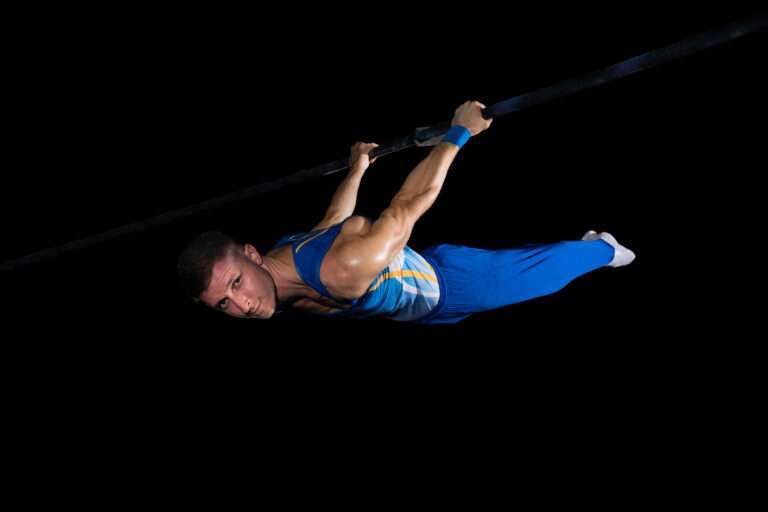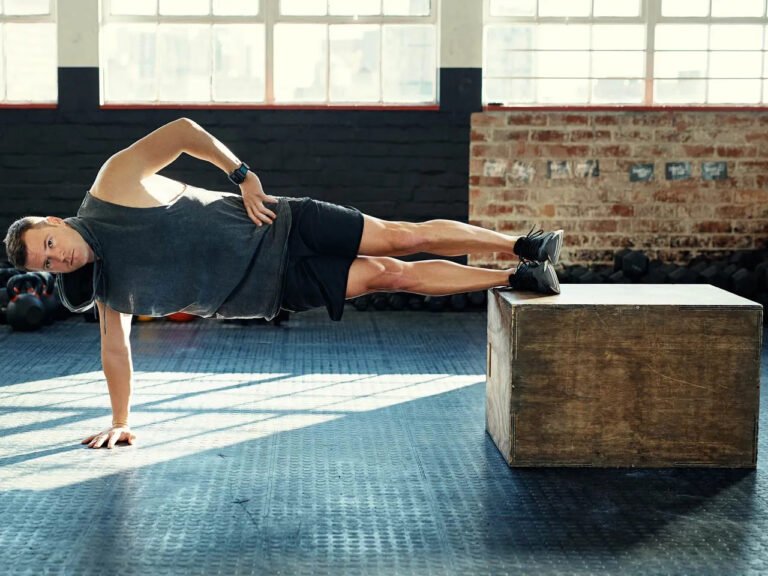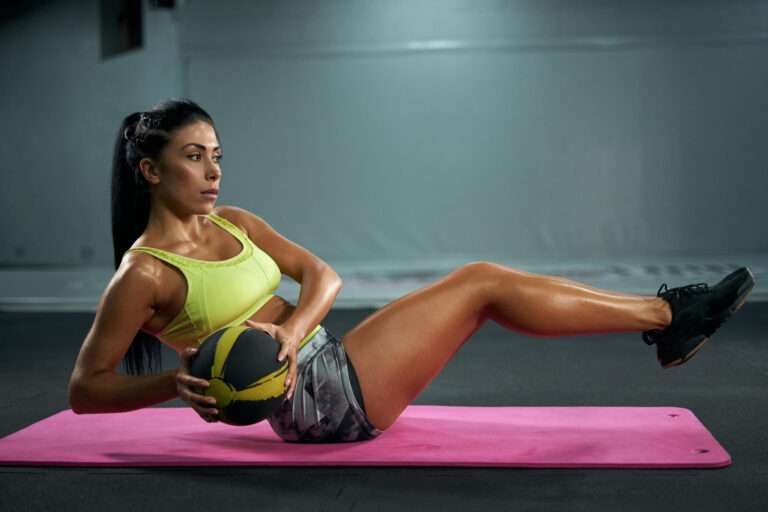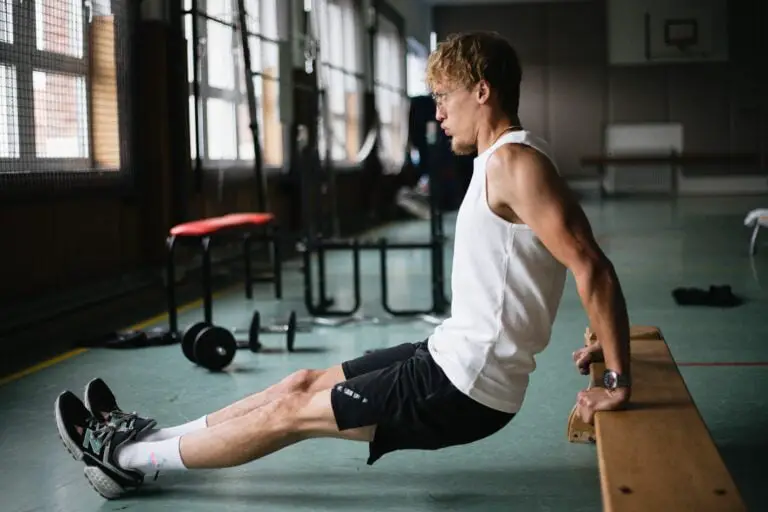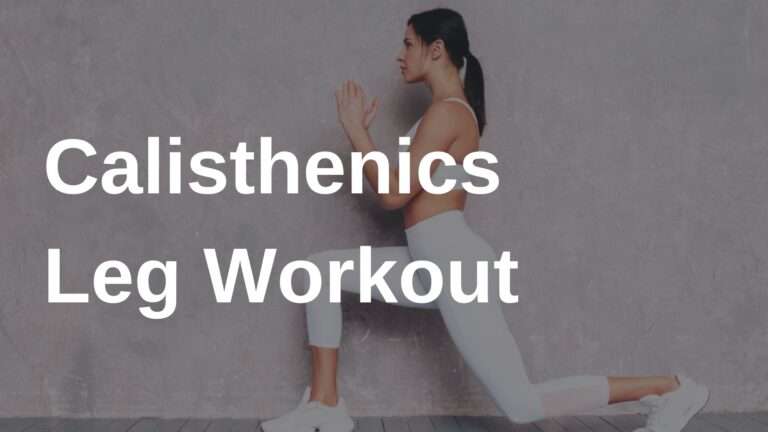Calisthenics Disadvantages: What You Need to Know
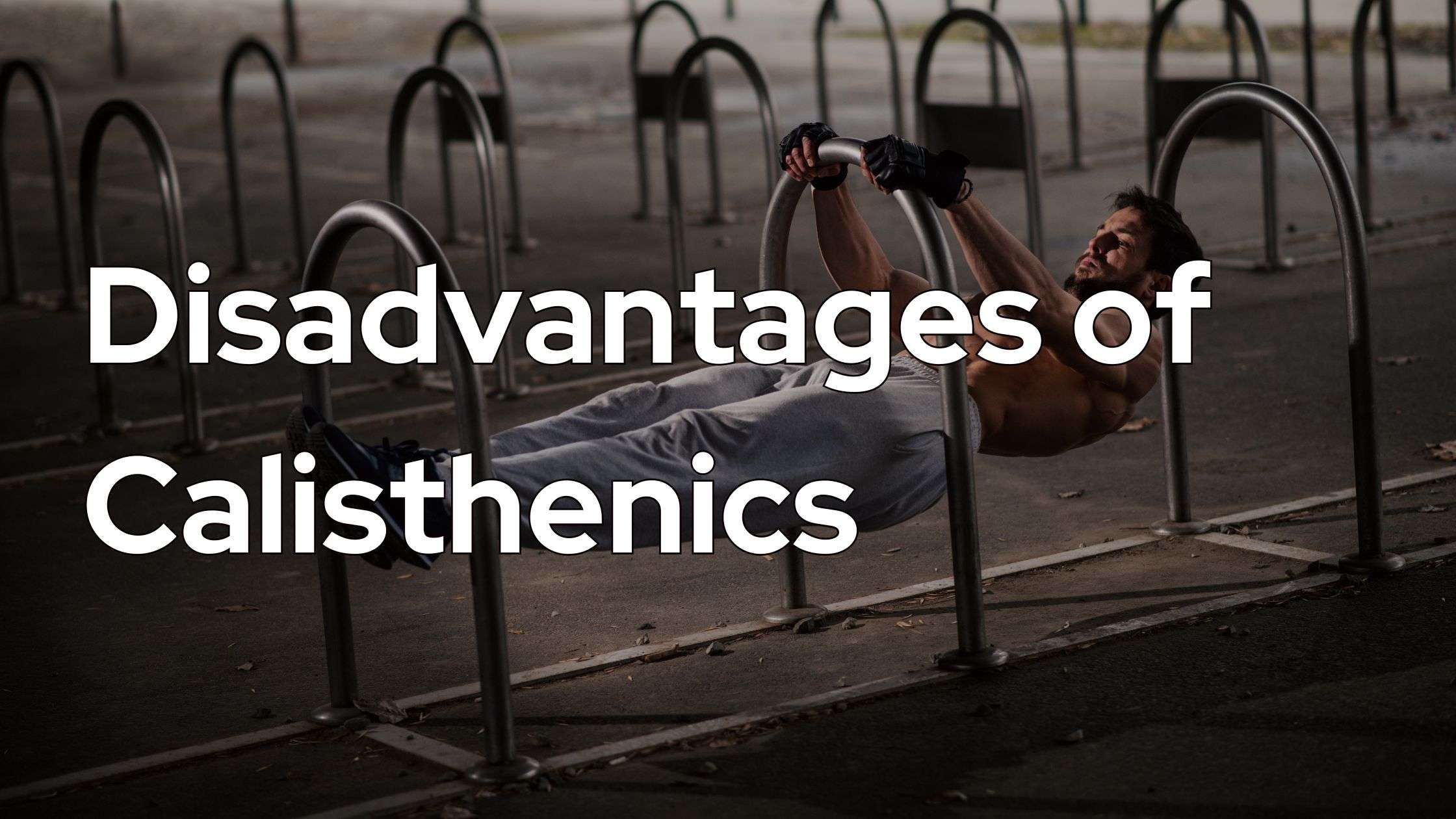
As you know each workout or training program has its pros and cons, here we discuss calisthenics disadvantages. Calisthenics is a form of exercise that uses your body weight as resistance. It can help you improve your strength, endurance, flexibility, and coordination. Some examples of calisthenics exercises are push-ups, pull-ups, squats, lunges, planks, and dips.
Many people choose calisthenics as their preferred workout method because it is convenient, versatile, and effective. You can do calisthenics anywhere, anytime, without any equipment or gym membership. You can also customize your routine to suit your goals and fitness level.
However, calisthenics is not without its drawbacks. Like any other exercise program, it has some calisthenics disadvantages that you should be aware of before you start. Here are some of the main cons of calisthenics:
Disadvantages of Calisthenics
Limited Resistance
One of the biggest challenges of calisthenics is increasing the resistance as you get stronger. Unlike weightlifting, where you can easily add more weight to the bar, calisthenics relies on your bodyweight as the main source of resistance. This can limit your strength gains and make it harder to progress to more advanced exercises. To overcome this, you may need to use additional equipment, such as resistance bands, weighted vests, or gymnastic rings, or modify your exercises to make them more difficult, such as by changing the angle, tempo, or range of motion.
Limited Progressive Overload
When you start calisthenics beginner workout letter your body adapts that resistance. Here Comes the progressive overload, the gradual increase in resistance over time, is fundamental for muscle growth and strength development. However, calisthenics presents challenges in achieving progressive overload compared to weightlifting, where external weights can be easily adjusted to provide greater resistance.
Risk of Plateauing
As with any form of exercise, individuals practicing calisthenics may experience performance plateaus over time. Plateaus can occur due to factors such as lack of progression, insufficient variety in workouts, or inadequate recovery practices.
Difficulty in Targeting Specific Muscle Groups:
Another drawback of calisthenics is that it is hard to isolate specific muscles or body parts. Most calisthenics exercises are compound movements that work multiple muscle groups at the same time, which is great for overall functional strength, but not so ideal for aesthetic or performance goals. For instance, if you want to build bigger biceps or chest, you may find it challenging to do so with calisthenics alone. You may need to supplement your calisthenics routine with some weight training or other exercises that can target your desired areas more effectively.
Initial Strength Requirements
Calisthenics can be intimidating for beginners who lack the basic strength to perform some of the exercises. For example, if you can’t do a single pull-up or push-up, you may feel frustrated or discouraged by calisthenics. You may need to start with easier variations or use assistance, such as bands, chairs, or partners, to help you complete the exercises. You may also need to work on your mobility and flexibility to avoid injuries and improve your form.
Risk of Overuse Injuries
Calisthenics involves a lot of repetitive movements, which can put stress on your joints, tendons, and muscles. If you don’t warm up properly, rest adequately, or vary your routine, you may increase your risk of overuse injuries, such as tendonitis, bursitis, or muscle strains. To prevent this, you should always listen to your body, avoid overtraining, and incorporate proper recovery methods, such as stretching, foam rolling, or massage.
Limited Exercise Variation
While calisthenics offers a wide range of bodyweight movements, the exercise variation may be limited compared to weightlifting. This can lead to boredom or stagnation for individuals seeking diversity in their workouts.
Equipment Limitations:
While calisthenics can be done with minimal equipment, some exercises may require specialized tools that are not easily accessible or affordable. For example, to do pull-ups, dips, or muscle-ups, you may need a pull-up bar, parallel bars, or a dip station. To do handstands, levers, or planches, you may need a wall, a floor, or a pair of gymnastic rings. To do pistol squats, you may need a bench, a box, or a chair. These equipment may not be available in your home if you do workout at home, your local park, or your hotel room, which can limit your options and creativity.
In conclusion, calisthenics is a great way to get fit and have fun with your own bodyweight. However, it is not perfect, and it has some disadvantages that you should consider before you start. By being aware of the pros and cons of calisthenics, you can make an informed decision and choose the best workout program for your needs and preferences.

